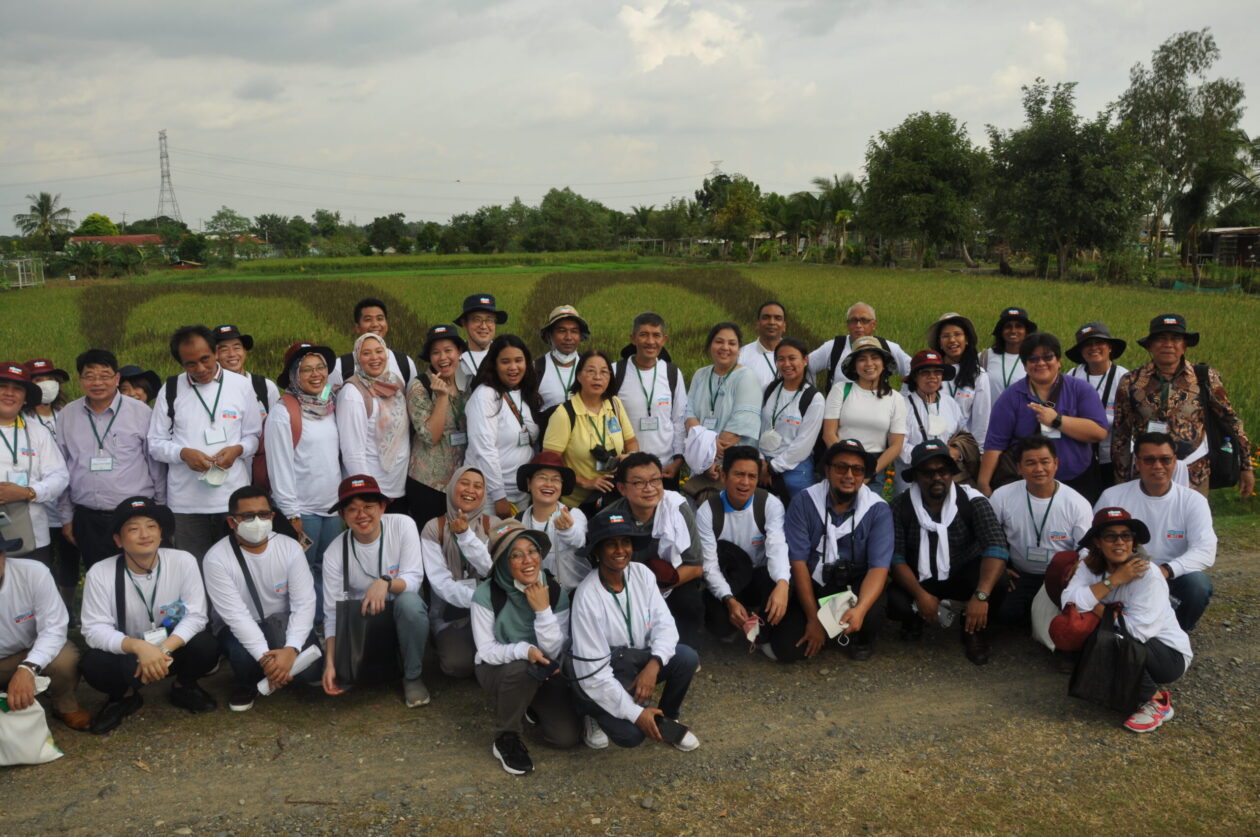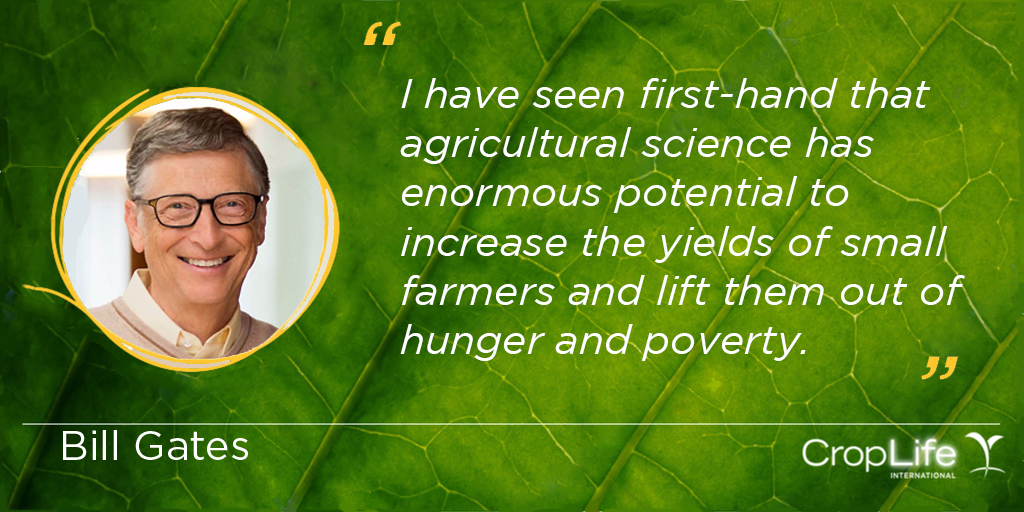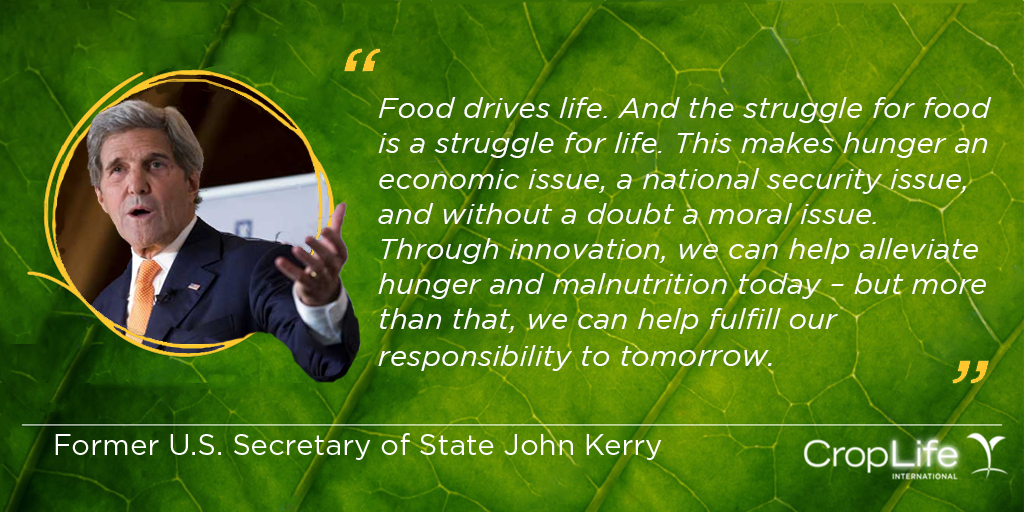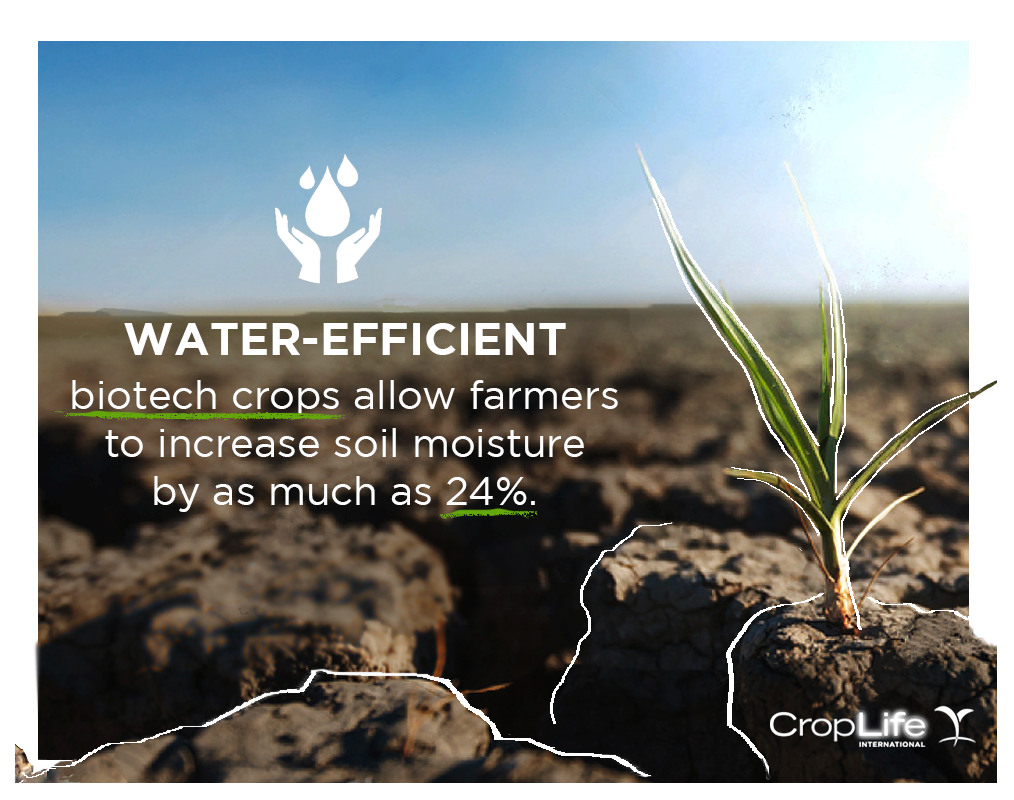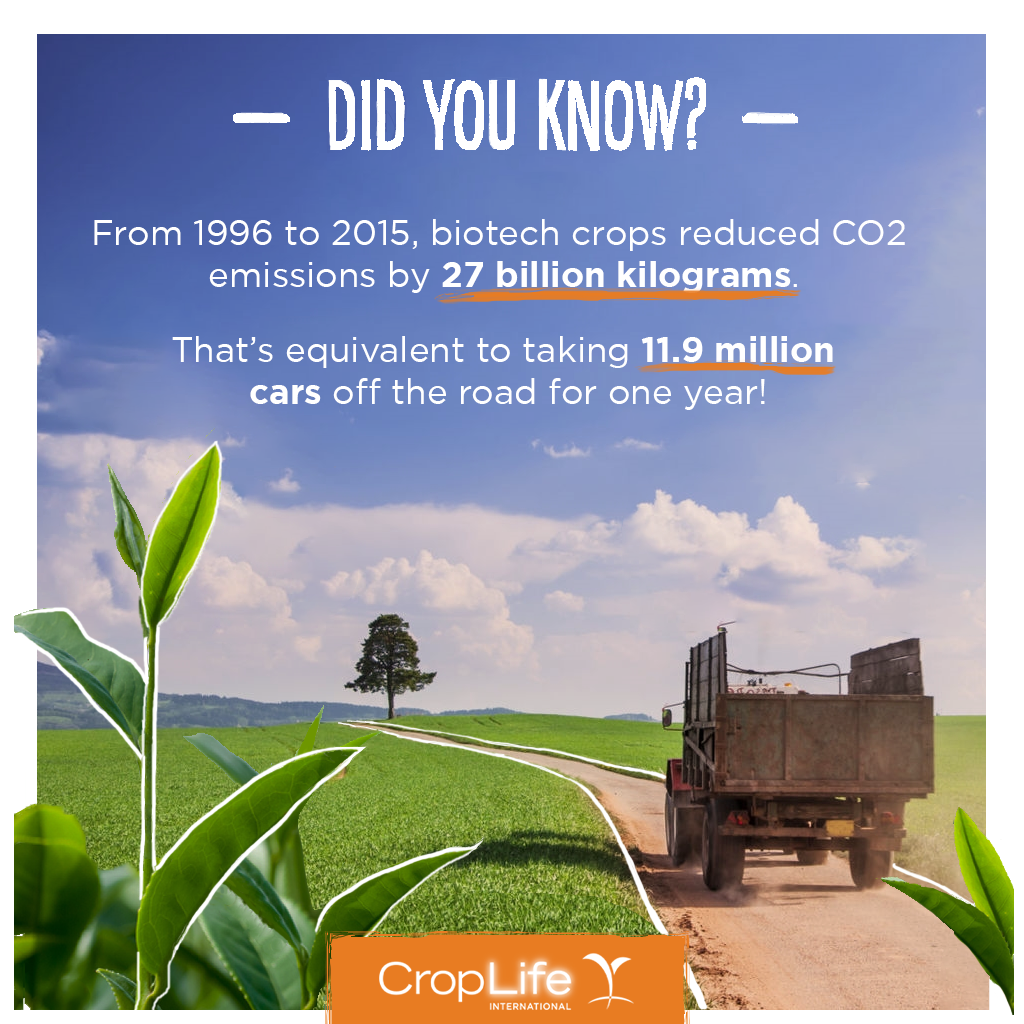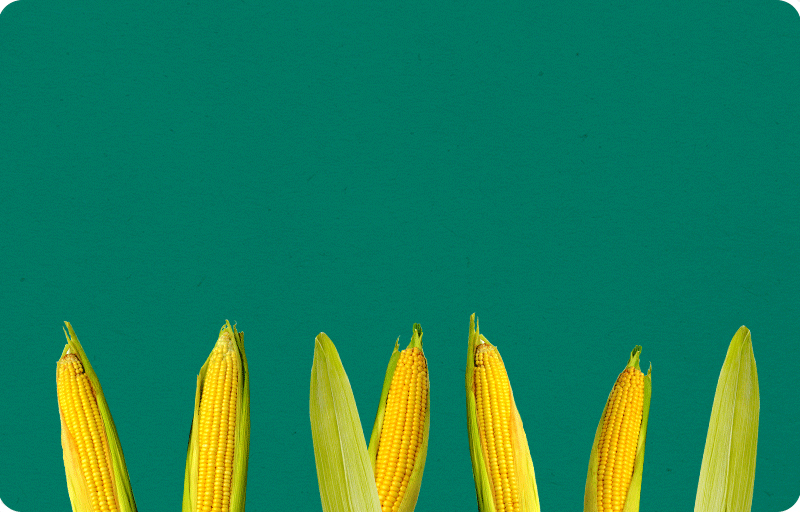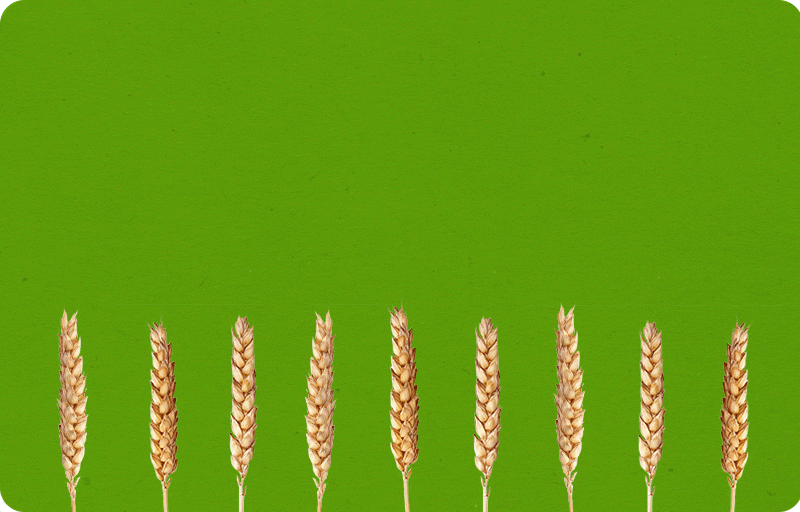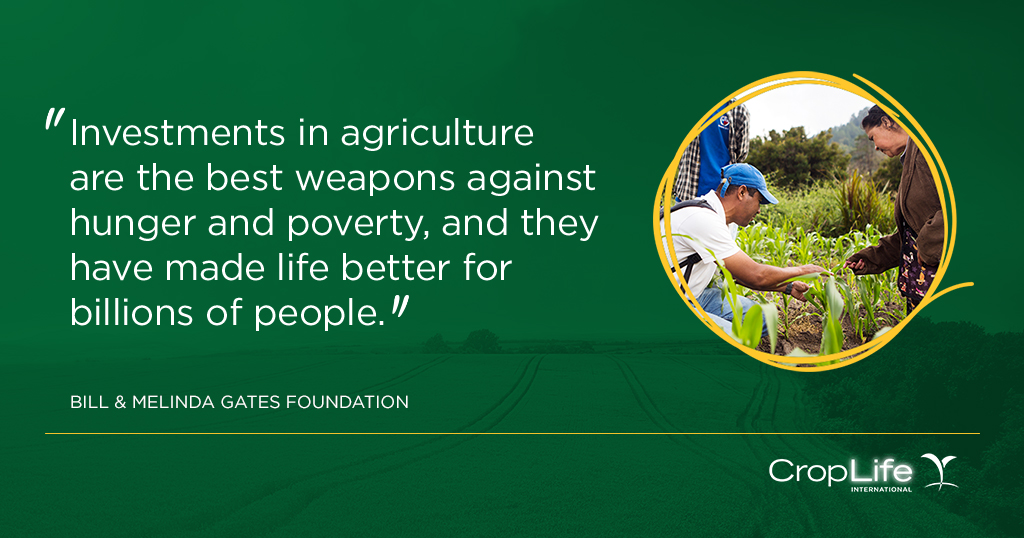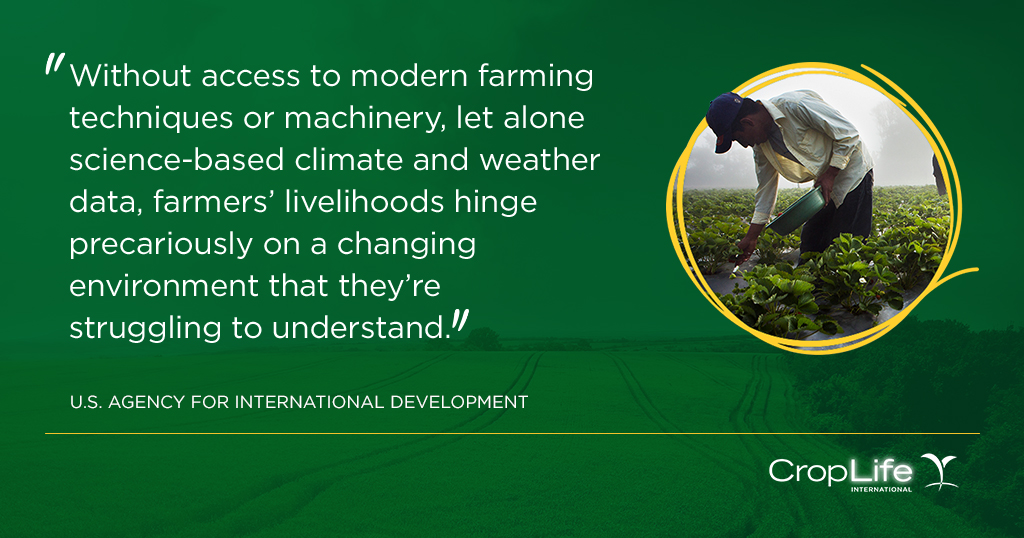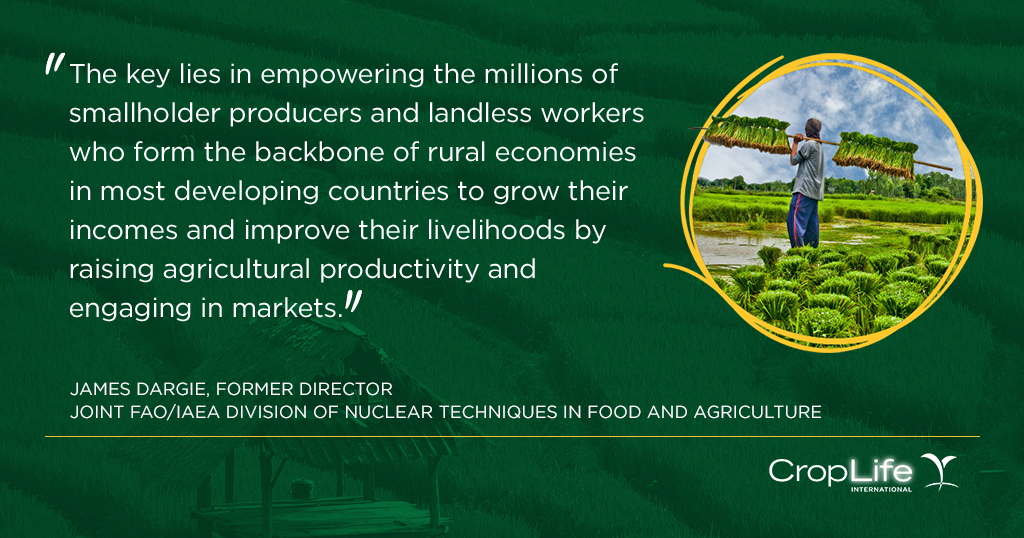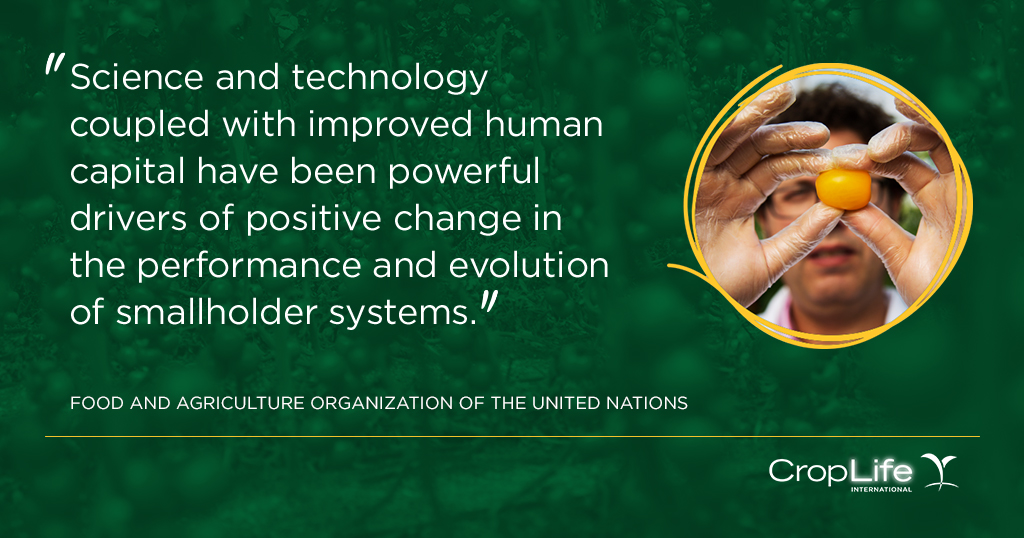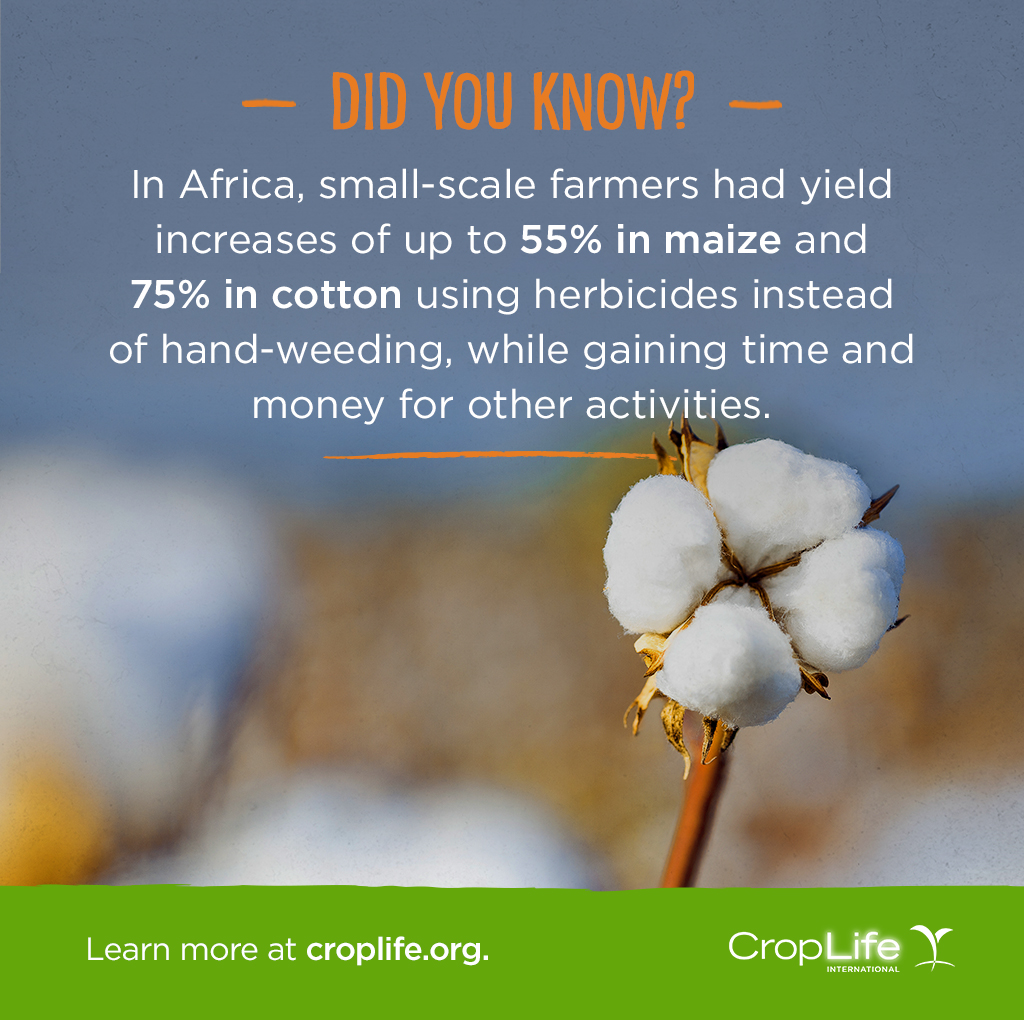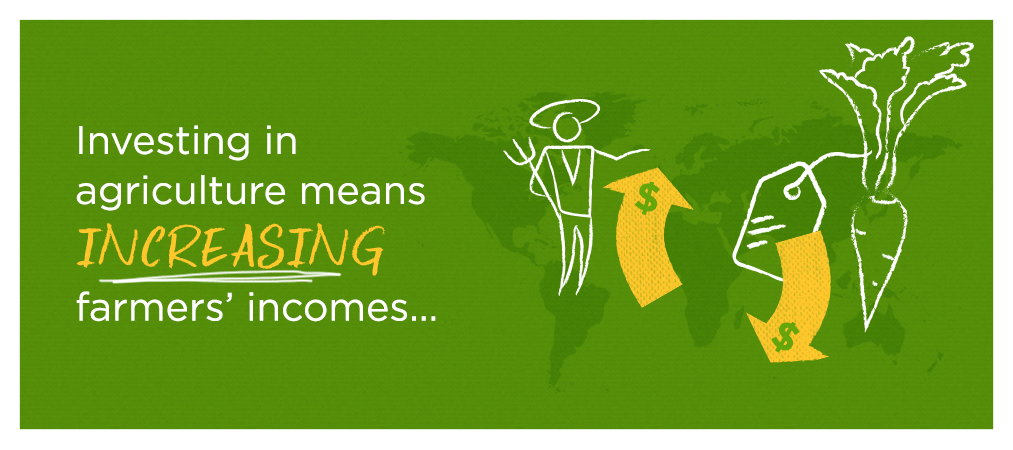By: CropLife International
In honor of World Food Day Oct. 16, this month is the perfect time to recognize the World Food Prize founder and some of the laureates who were pioneers in plant breeding and sustainable food production. Tweet us @CropLifeIntl and let us know who would be on your list!
The Father of The Green Revolution
Who: Dr. Norman E. Borlaug, plant scientist from the United States, known as the “father of the Green Revolution.”
Innovation: Developed successive generations of wheat varieties with broad and stable disease resistance that were adaptable to a wide range of growing conditions with exceedingly high yield potential.
Impact: The new wheat varieties, alongside improved crop management practices, transformed agricultural production in Mexico during the 1940s and 1950s and later in Asia and Latin America. The increased production helped combat hunger and famine, crediting Borlaug with saving “more lives than any other person who has ever lived.”
Recognition: Borlaug received the Nobel Peace Prize for a lifetime of work to feed a hungry world. As founder of the World Food Prize, he in turn recognized agricultural research and technologies to convince leaders to support them.
India’s Breadbasket Hero
Who: Dr. Monkombu Sambasivan Swaminathan, plant scientist from India.
Innovation: He worked with Borlaug to develop higher yielding wheat varieties with stalk structures strong enough to support their increased biomass. The first year’s harvest alone tripled previous production levels. Swaminathan also taught Indian farmers how to effectively increase production by using fertilizers and more efficient farming techniques.
Impact: Swaminathan’s efforts transformed India from a “begging bowl” to a “breadbasket” almost overnight, bringing the total wheat crop from 12 million to 23 million tons in four crop seasons and ending India’s reliance on imports. He later worked with former Prime Minister Indira Gandhi to establish agricultural policies and programs to enhance long-term self-sufficiency.
Recognition: Swaminathan received the first World Food Prize in 1987 for improving Indian agriculture.
Integrated Pest Management Pioneers
Who: Drs. Ray F. Smith and Perry L. Adkisson, agronomists from the United States.
Innovation: Developed and popularized Integrated Pest Management (IPM) – the best combination of cultural, biological and chemical measures to manage diseases, insects, weeds and other crop pests. Seeking to reduce reliance on crop protection products alone, Smith and Adkisson worked both independently and together to demonstrate the value of IPM programs.
Impact: U.S. government statistics estimate that American farmers’ need for insecticides dropped by 50 percent as they adopted an IPM approach to managing pests. Over 75 percent of U.S. farmers use IPM systems today. The United Nations estimates that over 1 million farmers in more than 60,000 villages in every region of the world have applied IPM methods with increased production in some cases.
Recognition: Smith and Adkisson shared the 1997 World Food Prize for developing and popularizing IPM.
Two Incredible Rice Breeders
Who: Dr. Monty Jones of Sierra Leone and Dr. Yuan Longping of China.
Innovation: These two rice scientists independently made breakthroughs in breeding rice. Jones created a rice variety bred for conditions in Africa with the ability to resist weeds, survive droughts and thrive in poor soils – a crop capable of increasing farmers’ harvests by 25 to 250 percent. Longping is known as the “father of hybrid rice,” the first scientist to successfully alter the self-pollinating characteristics of rice to allow for large-scale hybrid rice production.
Impact: Jones’ rice benefits 20 million farmers and 240 million consumers in West Africa alone. Longping’s discovery increased rice yields by 20 percent, feeding about 70 million more people annually. His research institute has trained over 3,000 scientists from more than 50 countries, inspiring hybrid rice production around the world.
Recognition: Jones and Longping won the 2004 World Food Prize during the International Year of Rice declared by the Food and Agriculture Organization of the United Nations.
Plant Biotech’s Three Founders
Who: Three plant scientists — Dr. Marc Van Montagu of Belgium and Drs. Mary-Dell Chiltonand Robert T. Fraley of the United States.
Innovation: They independently pioneered research on the successful transfer of bacterial genes into plants, creating the world’s first biotech crops with improved yields, resistance to insects and diseases, and tolerance to herbicides and extreme climatic conditions. Van Montagu founded two biotechnology companies which pioneered work on insect-resistant and herbicide-tolerant crops. Chilton established one of the first industrial agricultural biotechnology programs, leading research on disease and insect resistance and improving transformation systems in crops. At Monsanto Company, Fraley led the genetic modification of several crops to be resistant to insect and weed pests as well as tolerant to the herbicide glyphosate and climatic stress, such as excessive heat and drought.
Impact: Since biotech crops were introduced in 1996, 18 million farmers in 26 countries have planted 185 million hectares, generating $150 billion USD in additional farm income.
Recognition: Van Montagu, Chilton and Fraley shared the 2013 World Food Prize for their breakthroughs in founding, developing and applying modern biotechnology to crops.
The Anti-Poverty Leader
Who: Sir Fazle Hasan Abed, development pioneer from Bangladesh.
Innovation: Developed BRAC (formerly the Bangladesh Rural Advancement Committee), which many claim to be the most effective anti-poverty organization in the world. The objectives of BRAC’s agriculture and food security program have been to increase crop and livestock production while ensuring environmental sustainability, adaptability to climate change, and affordability for marginal and small farmers. Essential to this approach is ensuring that improved inputs and technologies are taken to the poor farmers—and that the experience of the farmers is brought back to the laboratories—in a continual cycle of innovation.
Impact: BRAC has helped nearly 150 million people worldwide, especially women, improve their lives, enhance food security and move out of poverty. It has also helped more than 500,000 farmers gain access to efficient farming techniques, technologies, training and financial support services, significantly increasing yields.
Recognition: Abed was honored as the 2015 World Food Prize laureate for developing BRAC
Learn more about World Food Prize laureates at WorldFoodPrize.org.
